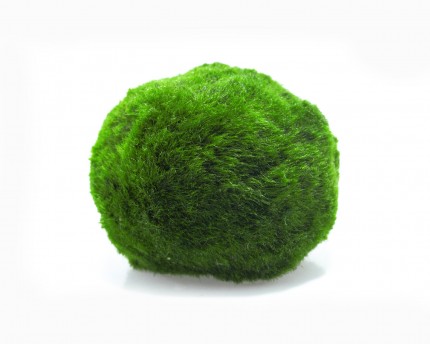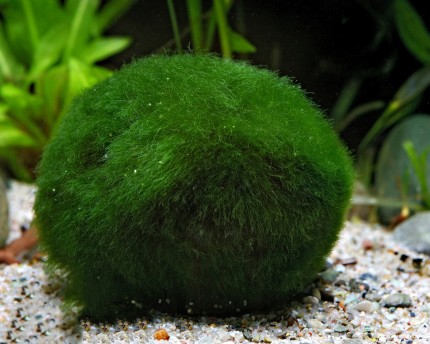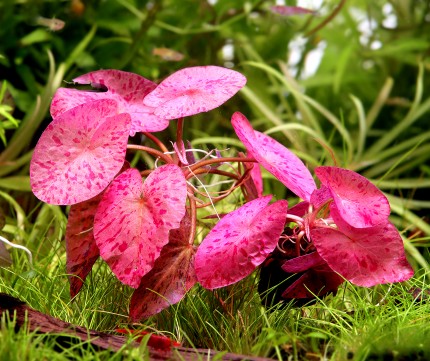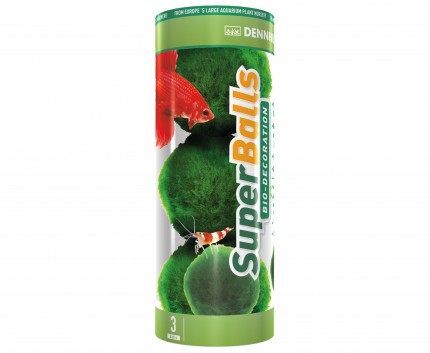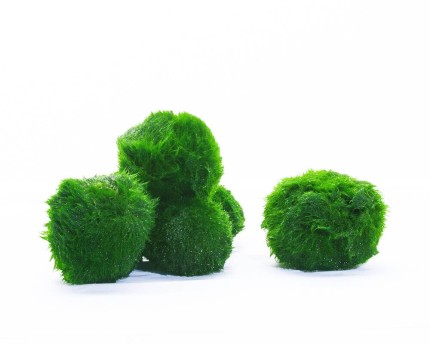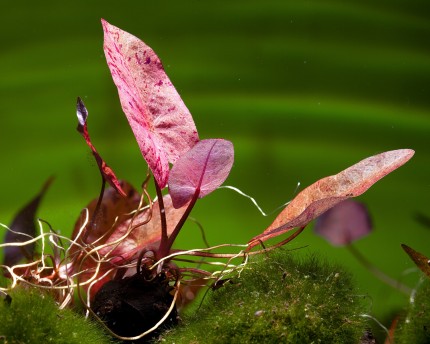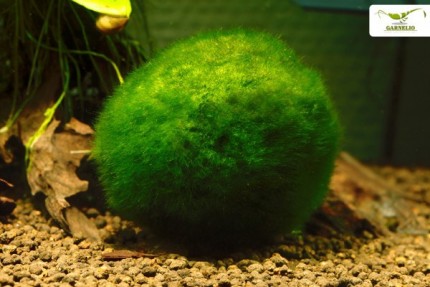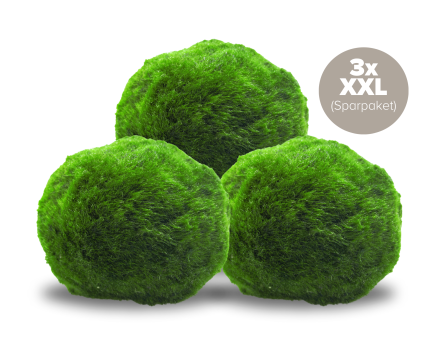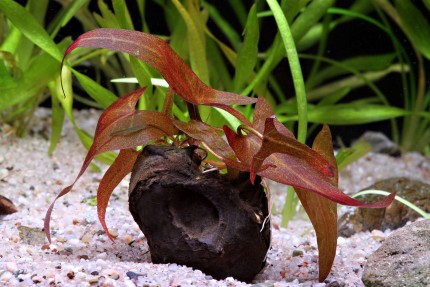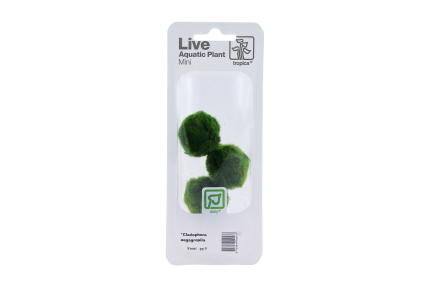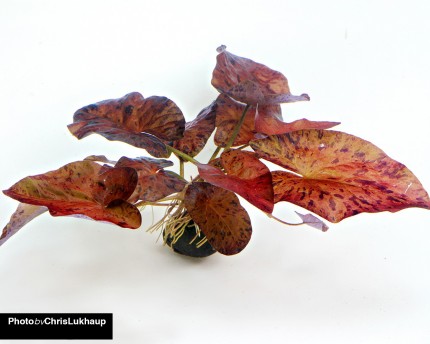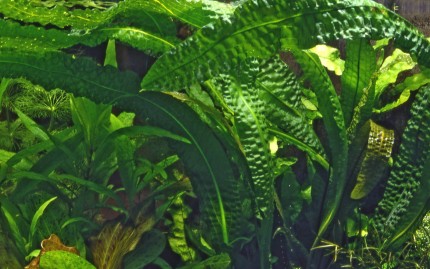Filter function of moss balls
Moss balls are not only beautiful to look at - especially in invertebrate aquariums they offer further great advantages. In their fine structures bacteria and other microorganisms find a very suitable settlement area. There they break down organic pollutants and thus ensure good water quality. A moss ball is therefore practically an additional filter surface in the aquarium. In addition, suspended matter of all kinds and also dust food particles are optimally caught in the fine algae hairs. There they are available to your shrimps and also detritus-eating snails or young crabs and do not disappear in the substrate.
With our specially developed feeding pipette you can put the dust food specifically on the moss balls and thus provide the shrimps with a rich table. Shrimps also like to graze on the biofilms that settle on the moss balls.
Since a surprising amount of mulm can collect in and on the moss balls, they should be removed from the aquarium once a month and squeezed out under running water until the water remains clear. This will ensure that the algae balls are able to take up water and prevent any suspended matter that has already been stored from rotting. At the beginning and after washing out, moss balls can float up - then you can simply squeeze them in the aquarium water, the trapped air escapes and the balls sink to the bottom. In addition to various mosses, cut open moss balls make great greenery for various decorative items such as roots, rocks or caves.
Tiger lotus tubers & Co. for the aquarium
The tubers of the red and green tiger lotus (Nymphaea lotus "rubra" and Nymphaea lotus "green") are quite inconspicuous in themselves, but in the aquarium they sprout beautiful red-green mottled or green, partly mottled leaves, which are a real eye-catcher in every planted tank and also in aquascapes. Since the Red and Green Tiger Lotus actually belong to the water lilies, they form leaves on the water surface if the plants are allowed to grow without cutting back the long leaf stems. There they are an attractive extra, especially in open tanks, and provide welcome shade for somewhat less light-loving inhabitants such as shrimp, crayfish and some fish. With a little luck, the tiger lotus will also flower. However, if the long plant stems are consistently shortened, the tiger lotus sprouts more underwater leaves, which do not grow longer than about 20 centimeters and, thanks to their flat shape and interesting color, form a beautiful contrast to finely structured green stem plants.
For the right all-round supply of all important nutrients, we recommend our NatureHolic plant fertilizers.

